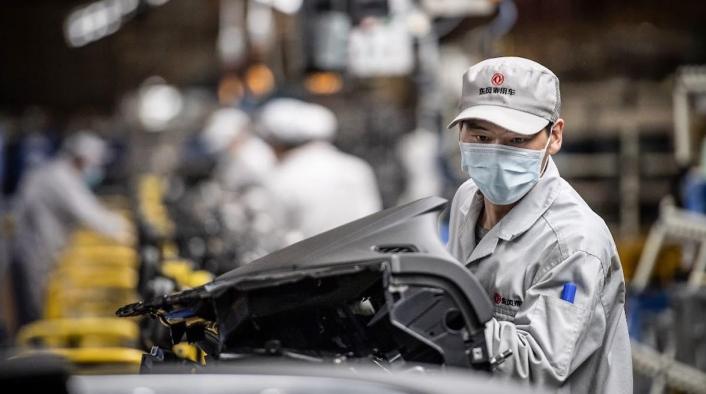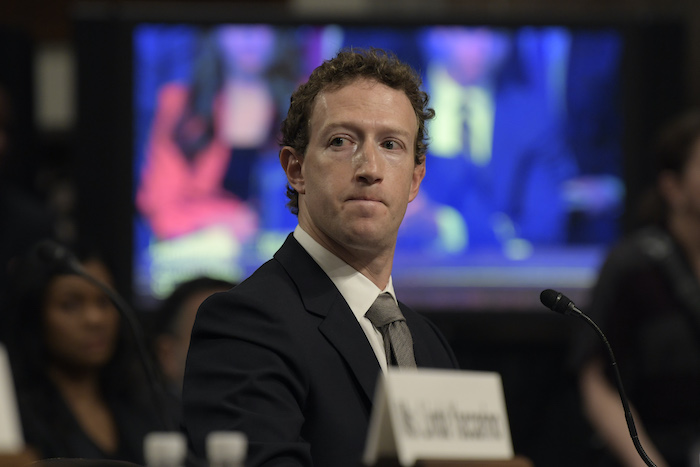For China, the spectre of unemployment constantly stalks the corridors of power in Beijing.
Premier Li Keqiang has articulated the threat it poses to social stability after a series of high-level meetings during the past two months.
With millions of small businesses in the world’s second-largest economy struggling to pick up the pieces after being crippled by the Covid-19 pandemic, the warning signs are obvious.
“No job means no income and no wealth creation. Every effort must be made to prevent massive lay-offs,” Li has told successive executive meetings of the State Council.
“Variations in economic growth do not matter that much, as long as employment stabilizes this year,” he repeated again last week, referring to GDP forecasts.
Li is likely to be disappointed. A report released this week by The Economist Intelligence Unit predicted that the “urban” jobless rate will hit 10% in 2020 compared to 3.6% last year.
“We estimate at least an additional 22 million urban workers will lose their jobs in 2020, pushing up the unemployment rate to around 10%. Around a further 250 million could experience wage cuts in the range of 10 [to] 50%,” the EIU said.
Urban employment, which excludes at least 290 million migrant workers, was down 5.9% last month compared to a 6.2% fall in February during the height of the virus outbreak.
Challenges
Coupled with that was data supplied by the National Bureau of Statistics that focused on the plight of migrant workers.
By the end of February, those taking jobs outside their hometowns had declined by close to 30% to 122.5 million, “meaning about a third of them were unemployed.”
Li again illustrated the gravity of the situation.
“To counter the unprecedented challenges, we must take more targeted measures to guarantee people’s basic livelihood,” he told a meeting of the State Council, which is China’s de facto cabinet.
In the EIU report, the private sector looks certain to come under increased pressure in the months ahead.
“Unemployment will be concentrated in the private sector, mostly in services and exports. Services unemployment will drop once quarantine measures are lifted, but the jobless rate in the export sector will take longer to fall owing to weak foreign demand,” it said.
Horror tale
Earlier this month, the numbers coming out of China resembled a gothic horror tale. In the first quarter, the economy literally stalled and then went into reverse.
GDP contracted by 6.8% compared to the first three months in 2019. It was the first reported period of negative growth since data was first released in the 1990s and stretched back to the time of the Cultural Revolution in the 1970s.
Across the country, retail sales in March plunged 15.8% compared to the same period last year after a 20.5% decline in the first two months of 2020. Industrial production also edged lower at 1.1% after plummeting 13.5% in the first two months of 2019.
Finally, fixed-asset investment, which reflects capital spending, dropped 16.1% in the first quarter year-on-year compared with a 24.5% fall between January and February.
Read: How China hid ‘tens of thousands’ of virus deaths
Read: Don’t expect China’s consumers to bail out the world
Read: Inside Wuhan’s secretive National Biosafety Lab
The long road to recovery will be arduous.
“Public records suggest that at least half a million firms [in China] were dissolved in the first quarter and more are likely to close shop,” Mark Williams, the chief Asia economist at Capital Economics, said in a report last week.
Yet of all the statistics being crunched by analysts and economists, rising unemployment data will be the one picked over, a morsel at a time.
As President Xi Jinping’s government ramps up business activity after the Covid-19 crisis shut the country down in the opening months of 2020, getting people back to work has become the top priority.
“China currently has around 28 million structurally unemployed people, a level that has been stable in recent years. Most joblessness in 2020 will be concentrated in the second quarter, with many small private businesses having burned through cash reserves because of the sharp economic contraction in the first quarter,” the EIU report stated.
“University students and migrants are both high-risk groups, yet policy responses prioritize the former. Labor costs in China are likely to drop after the epidemic as companies accelerate digitization and automation,” it said.
And that would cast an even longer shadow over the unemployment queues.
This story appeared first on Asia Times
























